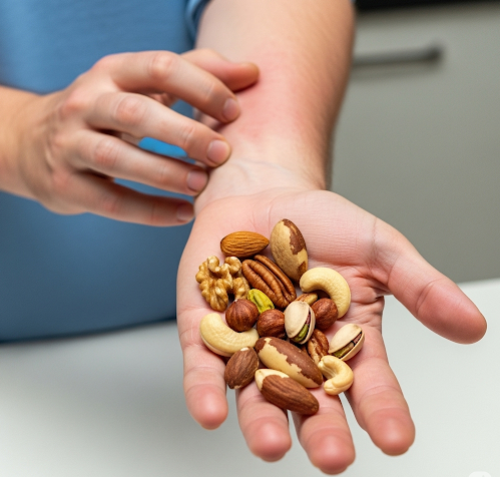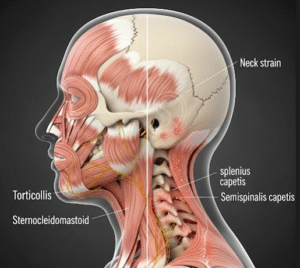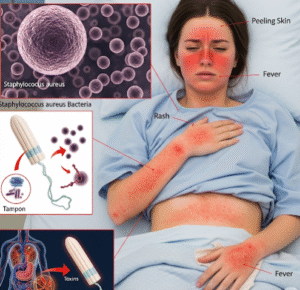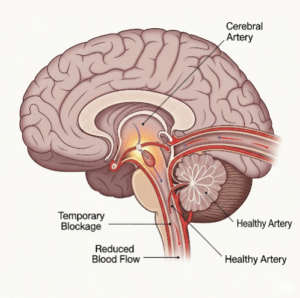Overview
Tree nut allergy is a common and potentially severe food allergy caused by an immune system reaction to proteins found in nuts such as almonds, walnuts, cashews, hazelnuts, pistachios, and Brazil nuts. This condition can trigger symptoms ranging from mild oral irritation to life-threatening anaphylaxis. In South Korea, allergists and immunologists provide comprehensive evaluation, diagnosis, and management strategies, including emergency preparedness and avoidance protocols. Awareness of tree nut allergy and proper intervention are essential for reducing risks and improving quality of life for affected individuals.
What is Tree Nut Allergy?
Tree nut allergy occurs when the immune system mistakenly identifies proteins in tree nuts as harmful, triggering an overactive immune response. This can involve the production of specific antibodies (IgE), which bind to allergens and release chemicals such as histamine, causing allergic symptoms. Tree nut allergy is often lifelong and is distinct from peanut allergy, although cross-reactivity may occur. Korean allergy clinics utilize advanced diagnostic tools, including skin prick testing and blood tests, to identify the specific nut allergens responsible for triggering reactions.
Symptoms
Symptoms of tree nut allergy can appear within minutes to a few hours after exposure and may include:
- Tingling, itching, or swelling in the lips, tongue, or mouth
- Hives, redness, or rash on the skin
- Gastrointestinal symptoms such as nausea, vomiting, abdominal pain, or diarrhea
- Nasal congestion, sneezing, or runny nose
- Difficulty breathing, wheezing, or throat tightness
- Swelling of the face, eyes, or throat
- Severe reactions (anaphylaxis) with drop in blood pressure, rapid pulse, dizziness, or loss of consciousness
Korean medical specialists emphasize the importance of early recognition and prompt treatment, particularly for individuals at risk of anaphylaxis.
Causes
Tree nut allergy is caused by an immune-mediated reaction to proteins in nuts. Key contributing factors include:
- Genetic predisposition to allergies or atopic conditions
- Early exposure or sensitization to tree nut proteins
- Cross-reactivity with other nuts, seeds, or pollen allergens
- Family history of food allergies, eczema, or asthma
In Korea, allergists conduct comprehensive evaluations to identify triggers and provide personalized management plans for patients.
Risk Factors
Certain factors increase the likelihood of developing a tree nut allergy:
- Personal or family history of atopic conditions such as eczema, asthma, or allergic rhinitis
- Early introduction of allergenic foods in infancy or exposure without proper monitoring
- History of other food allergies, particularly peanut allergy
- Presence of other chronic allergic conditions
- Environmental factors influencing immune system development
South Korean public health programs promote awareness and guidance on early recognition and dietary management to reduce the risk of severe reactions.
Complications
Tree nut allergy can lead to several complications if not properly managed:
- Anaphylaxis, a life-threatening allergic reaction requiring immediate intervention
- Chronic anxiety or fear regarding food consumption and social situations
- Nutritional deficiencies if multiple foods are avoided without medical guidance
- Cross-contamination reactions from processed foods, restaurants, or shared kitchen equipment
- Emergency hospitalizations due to severe reactions
Korean healthcare providers focus on patient education, emergency preparedness, and long-term management to mitigate these risks.
Prevention
While there is no guaranteed way to prevent tree nut allergy, several strategies can reduce the likelihood or severity of reactions:
- Avoidance: Strictly avoiding tree nuts and products containing nuts
- Reading labels carefully: Checking packaged food ingredients and allergen warnings
- Cross-contamination prevention: In homes, schools, and restaurants
- Introduction guidance for children: Following pediatric recommendations for early introduction of allergenic foods under medical supervision
- Emergency preparedness: Keeping epinephrine auto-injectors available and knowing how to use them
In South Korea, educational campaigns in schools and communities aim to increase awareness of allergen management and emergency response.
Treatment Options in Korea
Treatment of tree nut allergy in Korea involves a combination of avoidance, emergency management, and supportive care:
Diagnosis:
- Detailed medical history to identify suspected allergens
- Skin prick testing to detect specific IgE responses to tree nuts
- Blood tests (specific IgE or component-resolved diagnostics)
- Oral food challenges under medical supervision for confirmation
Medical Treatments:
- Epinephrine: Immediate injection for anaphylactic reactions
- Antihistamines: For mild to moderate allergic reactions such as hives or itching
- Corticosteroids: Short-term use to reduce inflammation in severe reactions
- Allergen immunotherapy (experimental): Under research and clinical trials in specialized Korean centers
Supportive Care:
- Patient education on allergen avoidance, reading labels, and recognizing early signs of reactions
- Development of personalized emergency action plans
- Counseling for anxiety and quality-of-life concerns
- Nutritional guidance to maintain a balanced diet despite dietary restrictions
Korean allergy clinics integrate advanced diagnostics, patient education, and emergency preparedness programs to help patients manage tree nut allergy safely and effectively.













